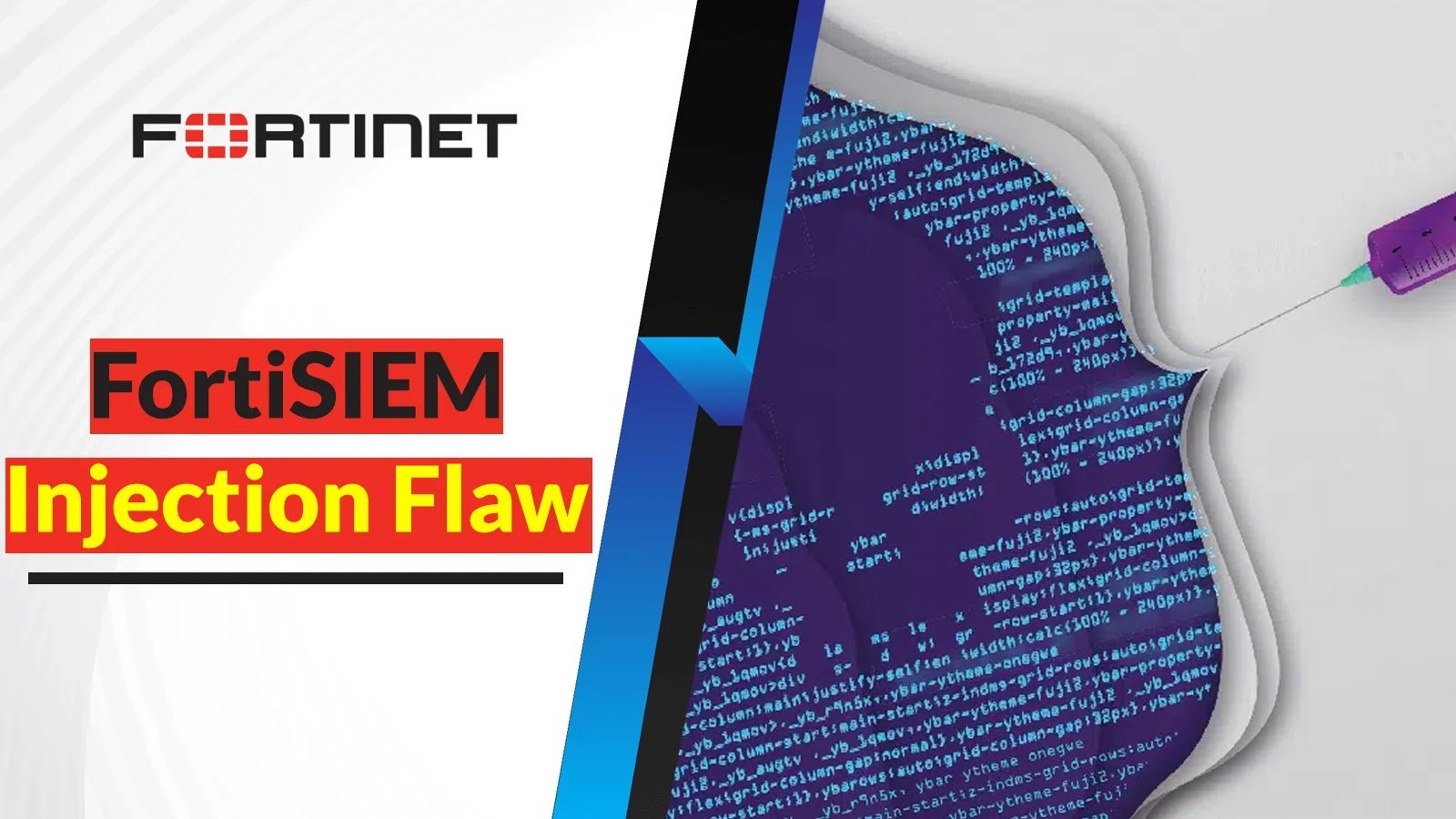The Future of Wireless Security: Quantum Cryptography
Quantum cryptography is a cutting-edge field that holds promise for revolutionizing wireless security. Unlike traditional cryptographic methods, which rely on complex mathematical algorithms, quantum cryptography leverages the principles of quantum mechanics to secure communication channels. Here are some key aspects of the future of wireless security with quantum cryptography:
- Quantum Key Distribution (QKD): One of the primary applications of quantum cryptography is Quantum Key Distribution (QKD). QKD uses the principles of quantum mechanics to enable two parties to produce a shared random secret key, which can then be used to encrypt and decrypt messages. The key distribution process in QKD is theoretically secure against any computational attack, as per the laws of quantum physics.
- Unbreakable Encryption: Quantum cryptography offers the potential for unbreakable encryption. In traditional cryptographic systems, the security relies on the difficulty of solving mathematical problems. Quantum cryptography, on the other hand, relies on the fundamental principles of quantum mechanics, making it resistant to attacks based on computational complexity.
- Quantum Entanglement: Quantum entanglement is a unique property of quantum particles where the state of one particle is directly related to the state of another, regardless of the distance between them. This property can be harnessed in quantum key distribution to enhance the security of communication channels.
- Post-Quantum Cryptography: While quantum cryptography provides a new level of security, there are also concerns about the potential development of quantum computers that could break existing cryptographic methods. To address this, researchers are working on developing post-quantum cryptographic algorithms that would remain secure even in the era of quantum computing.
- Challenges and Practical Implementations: Despite its potential, there are challenges in implementing quantum cryptography in real-world scenarios. Building reliable quantum communication networks and dealing with issues such as signal loss and noise remain significant hurdles. Researchers and engineers are actively working on overcoming these challenges to make quantum cryptography practical for widespread use.
- Standardization and Integration: As quantum cryptography matures, there will be efforts to standardize protocols and integrate them into existing communication systems. Standardization is crucial for ensuring interoperability and widespread adoption of quantum cryptographic methods.
- Global Quantum Communication Networks: The ultimate goal is to establish global quantum communication networks that can provide secure communication between distant locations. This involves the development of quantum satellites and ground-based quantum repeaters to extend the range of quantum communication.
It’s important to note that quantum cryptography was still in the early stages of development and faced practical challenges. Advances in the field may have occurred since then. The future of wireless security with quantum cryptography will depend on continued research, technological advancements, and successful integration into existing communication infrastructure.




